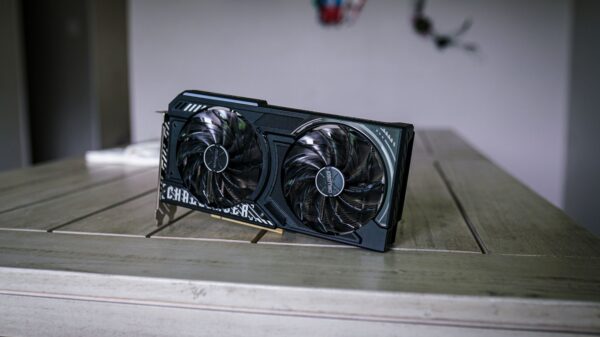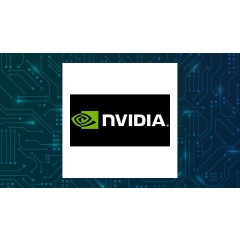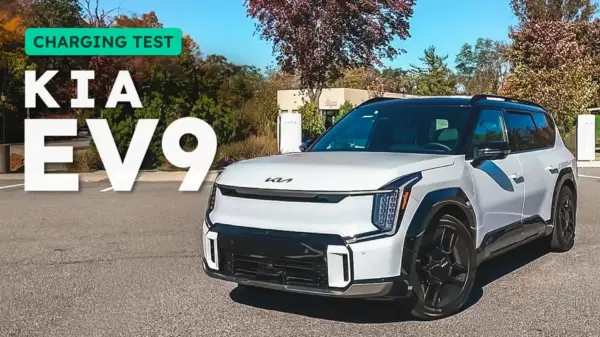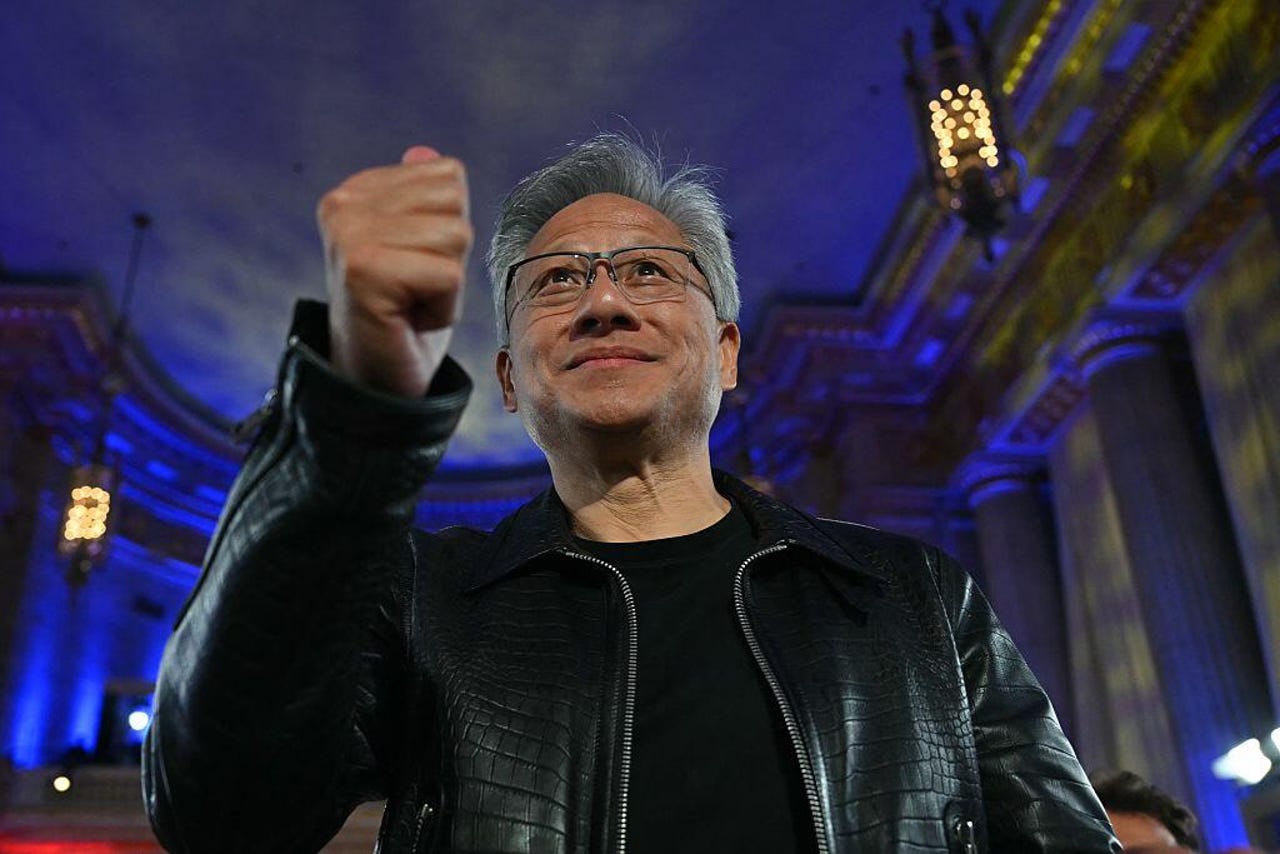BREAKING: Nvidia has just announced a groundbreaking $5 billion investment in Intel, signaling a new partnership to develop chips based on Intel’s x86 microprocessor standard. This significant move, revealed on October 26, 2023, comes as both companies aim to advance enterprise AI technologies and revolutionize the laptop market.
The deal is poised to strengthen Nvidia’s position in the enterprise sector, where Intel’s x86 architecture currently dominates. Nvidia CEO Jensen Huang stated, “I think it’s safe to say that the partnership that we’re entering into is going to address some $25-50 billion of annual opportunity.” This partnership aims to integrate Nvidia’s cutting-edge technology with Intel’s established platforms, potentially reshaping the landscape of corporate IT systems.
Intel’s stock surged by 23% in afternoon trading following the announcement, reflecting investor confidence in the potential of this collaboration. Earlier this year, Intel shares were already up 24%, indicating a positive trend that could accelerate with this partnership.
Huang emphasized the transformative potential of integrating Nvidia’s GPU technology with Intel’s Xeon server CPUs. He described a vision for “rack-scale AI supercomputers” that could leverage both companies’ strengths. The collaboration also aims to create custom chips for laptops, addressing an untapped segment of the market where integrated CPU-GPU designs could lead to groundbreaking advancements. “We’re creating an SoC that fuses two processors,” Huang explained, indicating a revolutionary approach to laptop design.
Despite Nvidia’s past reliance on ARM technology for its Grace CPU, Huang hinted at possible shifts in strategy, suggesting a focus on Intel’s offerings instead. The dynamics of the chip-making industry are shifting, especially as Nvidia seeks to capitalize on its success in cloud data centers and expand its footprint in enterprise markets.
Intel CEO Lip-Bu Tan lauded the partnership, calling it a “historical collaboration.” He expressed excitement over working with Huang to build a new era in technology, emphasizing the partnership’s potential to rejuvenate Intel amid years of declining sales and increased competition from AMD.
The U.S. government’s recent 10% stake in Intel adds another layer of interest to this partnership, marking an unprecedented level of government investment in a private corporation. Huang clarified that there was no government influence in Nvidia’s decision to invest in Intel, despite the heightened scrutiny of semiconductor supply chains.
As Nvidia and Intel prepare to roll out their collaborative initiatives, stakeholders in the tech industry are urged to watch closely for developments in both enterprise AI and next-generation laptops. The implications of this partnership could redefine market dynamics and spur new innovations across multiple sectors.
Stay tuned for more updates as this story develops, and prepare for significant changes in how AI technologies are deployed across enterprises worldwide.





































































